Electrical Engineering (2nd)
These projects are at the endpoint of a two-semester sequence. They are functionally complete.
E2.01 - Lords of Synth
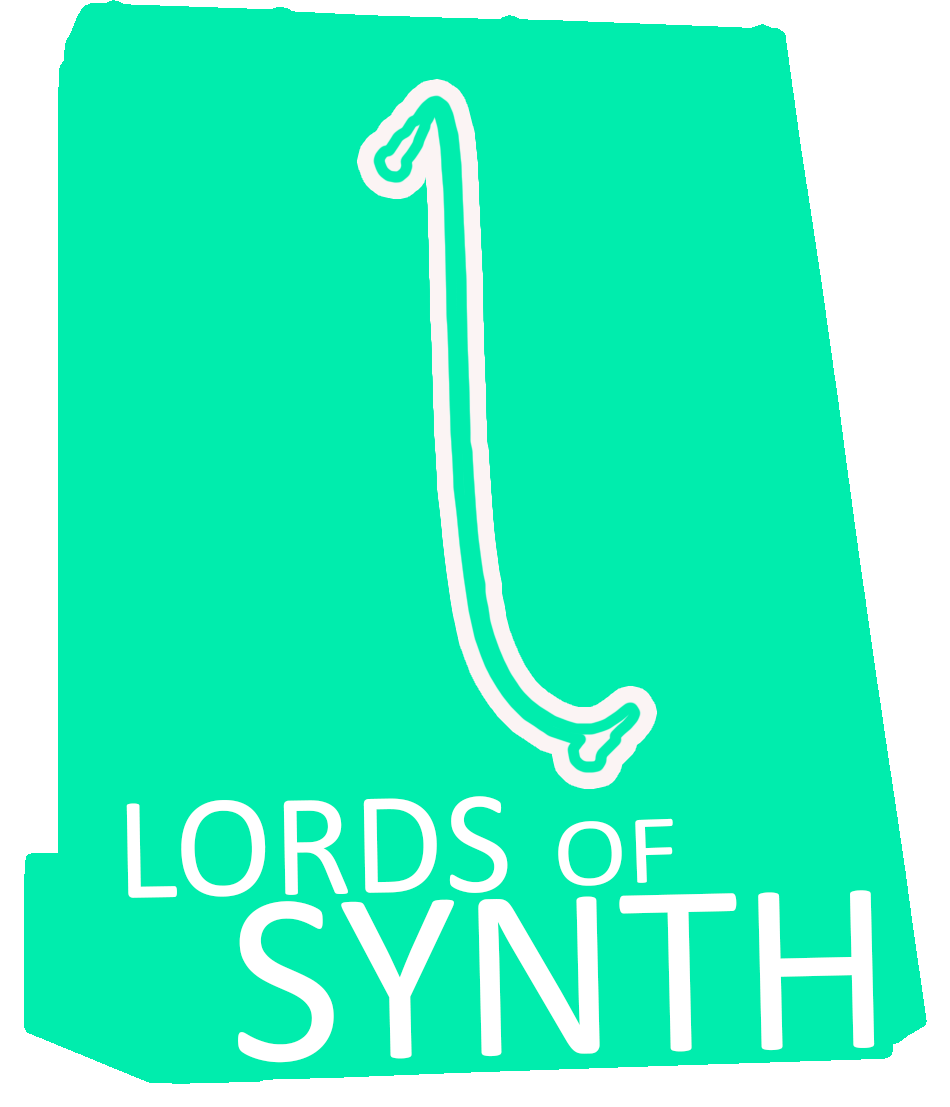
Sponsor: Texas State University & Dr. Richard Compeau
Student Team: Jacob Sees, Claire Akers, Miles Keyser, Charles Morales
Faculty Advisor: Dr. Richard Compeau
The product constructed will be a 1 Volt per Octave battery powered analog synthesizer. The synthesizer will be able to output several different waveforms within the fourth octave defined by the twelve-tone equal temperament. Additionally, the synthesizer will be capable of accepting control voltage from an external keyboard and will be playable through an external speaker.
E2.02 - Electro-Sonic
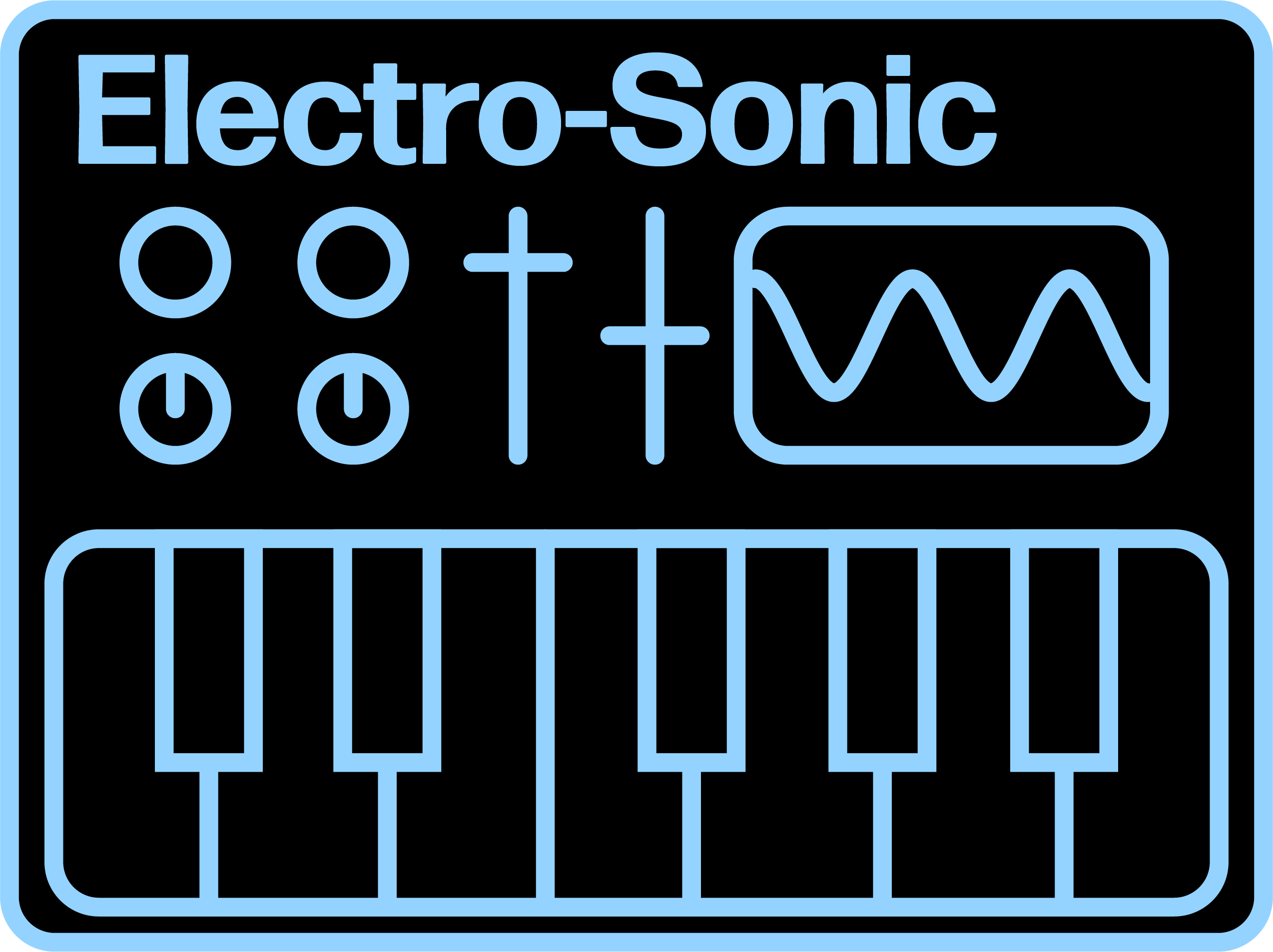
Sponsor: Texas State University
Student Team: Martha Fabiana Jaimes, Daniel Sandoval, Brandon Ussery, Tim Watson
Faculty Advisor: Dr. Richard Compeau
The product developed by this team is a battery powered monophonic analog synthesizer that follows a one volt per octave scale. The analog synthesizer takes a control voltage from either a piano style keyboard or a midi controller and generates a wave at a specific frequency to match the note for that key and then outputs that wave to a speaker. The analog synthesizer will follow a tuning of A equals 440 Hz and will divide the octave using equal temperament resulting in 13 equally spaced keys.
E2.03 - Drone's Predictive Maintenance
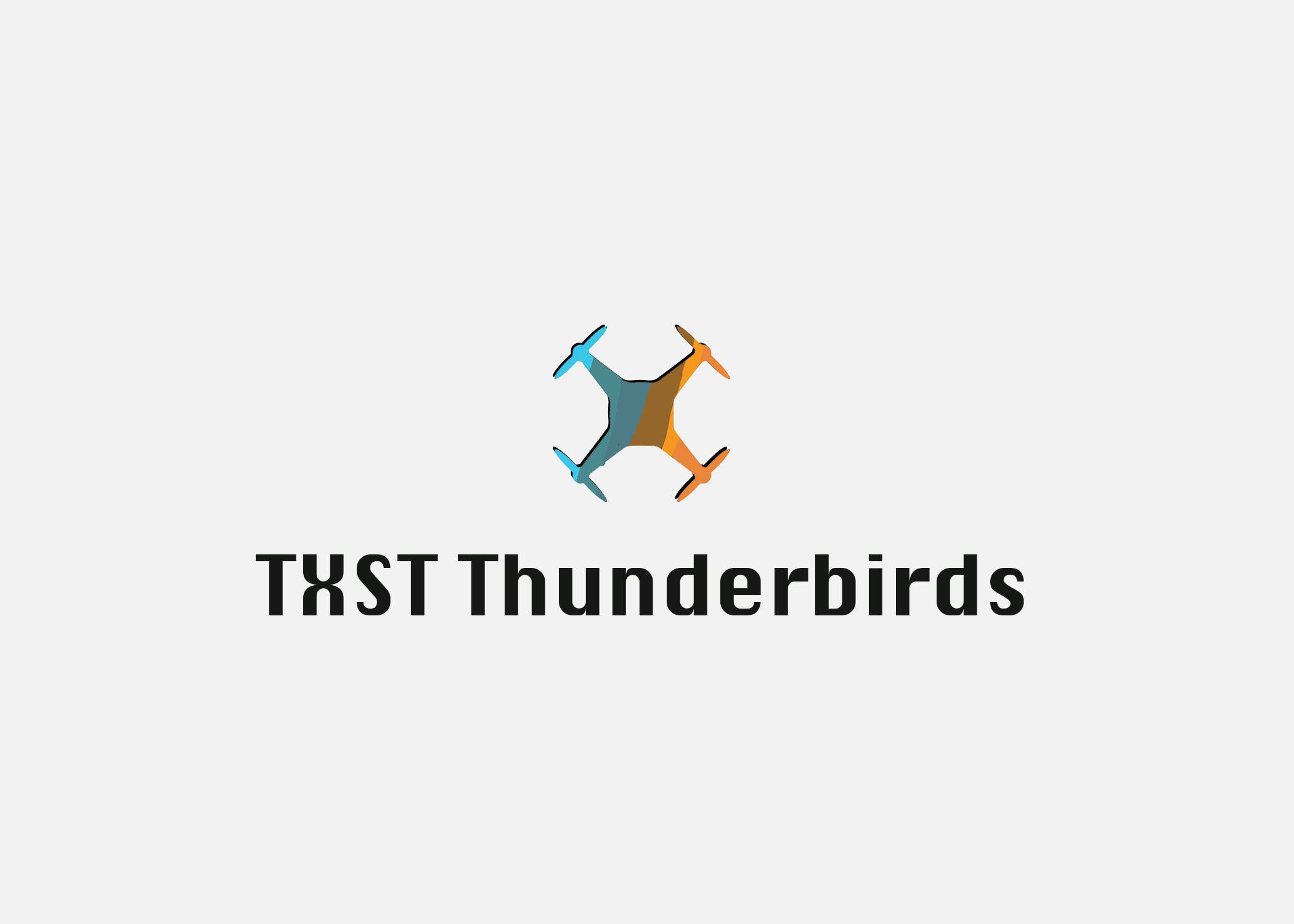
Sponsor: Airogistic
Student Team: Laron Lino, Alex Robles, Gavin Johnson, Gabe Lopez
Faculty Advisor: Mr. Mark Welker
Drones have been successfully incorporated into many fields, from aerial pictures to making deliveries to conducting surveillance, among others. Our major concern is safety. This project continues the work from the previous Airogistic team, focusing on predictive maintenance in monitoring the drone’s essential hardware so that it does not fail while airborne. We, TXST Thunderbirds, working together with IE, and MFGE teams, will monitor the drone’s components by measuring temperature, force, sound, and RPMs in a Robotics Operating System (ROS) environment. The data collected will be used for longitudinal analysis to optimize utilization over time while keeping the skies safe now.
E2.04 - Drone Recover Rover

Sponsor: Airogistic
Student Team: Wade Mackey, Brent Cole, Matthew Hebert, Thomas Paveglio, Maximino Rios
Faculty Advisor: Mr. Mark Welker
The Drone Recovery Rover is an autonomous rover that utilizes camera vision, LIDAR, and GPS to retrieved crashed race drones inside an enclosed arena called the DRONEDOME. This project prevents the need for workers to enter the racing area allowing for races to continue when a drone needs to be picked up. This platform allows for scalability to larger applications of autonomous retrieval.
E2.05 - 31 Degrees Team
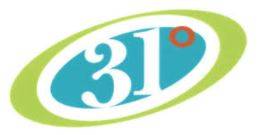
Sponsor: 31 Degrees & Dr. Patrick Thomas
Student Team: Ashley Weston, Bailey Alford, Phong Bui, Devon Frazier, Jonathon Rivera, Will Roper
Faculty Advisor: Mr. Mark Welker
Our product is a smart scale device designed to enable 31 Degrees event operators to remotely monitor product levels within geographically dispersed drink dispensing tanks. Sensors embedded in the device detect the weight, temperature and flavor of product held inside a tank, which are displayed to users on an operational dashboard and on-device display. Additionally, the device monitors its battery level, contains its own charging station, and uses a communications network to transmit recorded data to a cloud-supported database.
E2.06 - Solar Monitor

Sponsor: Dr. Semih Aslan
Student Team: Carolina Bueno-Ponce, Patrick Harris, Braydon Manning, Jeffrey Pearce
Faculty Advisor: Dr. Semih Aslan
A device that measures voltage, current, and power from a solar panel. Will allow the user to see optimal placement on site. The user will be able to also power a fan/phone.
E2.07 - Wireless Speaker System
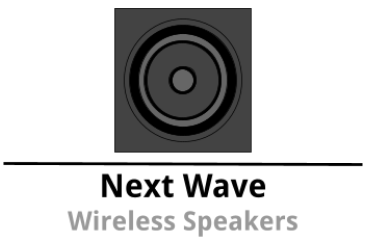
Sponsor: Mr. Mark Welker
Student Team: Trevor Senter, Jayla Moon, Jaylon Williams, Duy Nguyen
Faculty Advisor: Dr. Harold Stern
Our product is a stereo speaker system that delivers high quality sound to a subwoofer and two portable satellite speakers. It features an on-board Linkwitz-Riley 2-way active crossover that provides 35 Hz - 200 Hz to the subwoofer, and 200 Hz - 20 kHz to the satellite speakers. It also features 10 hours battery life that can be recharged to full under 4 hours and Bluetooth capabilities. Our focus is to develop the next wave of home entertainment systems while maintaining a low and attractive price/performance ratio.
E2.08 - Wireless Speaker System
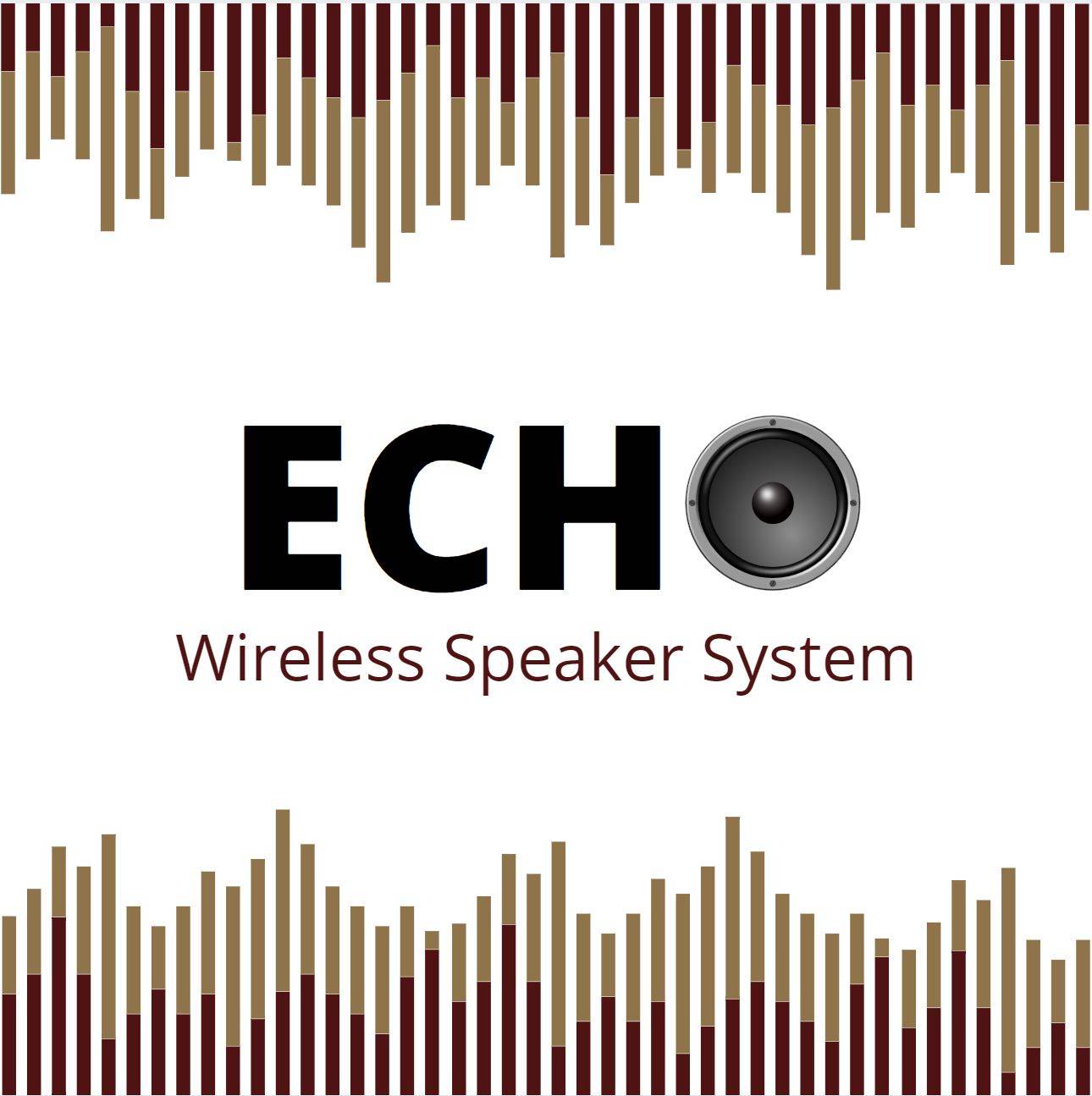
Sponsor: OptimallyMark
Student Team: Haley Hirschfield, Sergio Morales, Jerson Quispe-Canales, Mason Killingsworth
Faculty Sponsor: Dr. Harold Stern
Our project is a wireless speaker system with two speakers and a subwoofer that is capable of being used in a 10’x10’ room and has recharging capabilities. The audio will be input through a 3.5 mm jack or via Bluetooth (stretch goal). This audio will then be split by an analog crossover (Linkwitz Riley) with a filter response rate of -12dB/octave. The audio output of our system is 80 dB at 1 meter. The speakers will have a frequency range of 200 Hz to 20 kHz and the subwoofer will have a frequency range of 35 to 200 Hz.
E2.09 - Tetherband

Sponsor: Texas State University
Student Team: Nicolas Canals, Kyle Mueller, Carlie Campos, Eric Hull
Faculty Advisor: Mr. Lee Hinkle
Our project is a distance tracking bracelet connected to a smartphone which triggers alerts when the bracelet goes out of range from the smartphone. We will be creating a smartphone application that can be used on common consumer models. Our final product will be an affordable bracelet with water-resistant housing in a compact size to fit the size and environment of curious kids. The project has intended use cases in the childcare and education industries for keeping track of children in a group setting.
E2.10 - B.R.I.N. Smart Bracelet
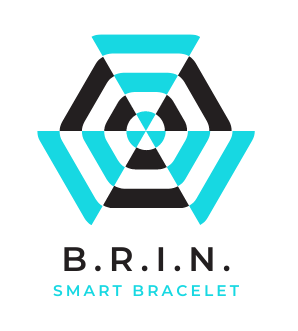
Sponsor: Texas State University & Mr. Lee B. Hinkle
Student Team: Isabel Lugo, Brennan Joles, Rosa Tostado, Nadya Buentelloo
Faculty Advisor: Dr. Larry Larson
It’s a smart bracelet design with programmable colors meant for group identification. It generates alerts when a child goes outside a 15 meter range or removes the bracelet. It is controlled with its own application. This design is meant to help make outings with children safe and manageable.